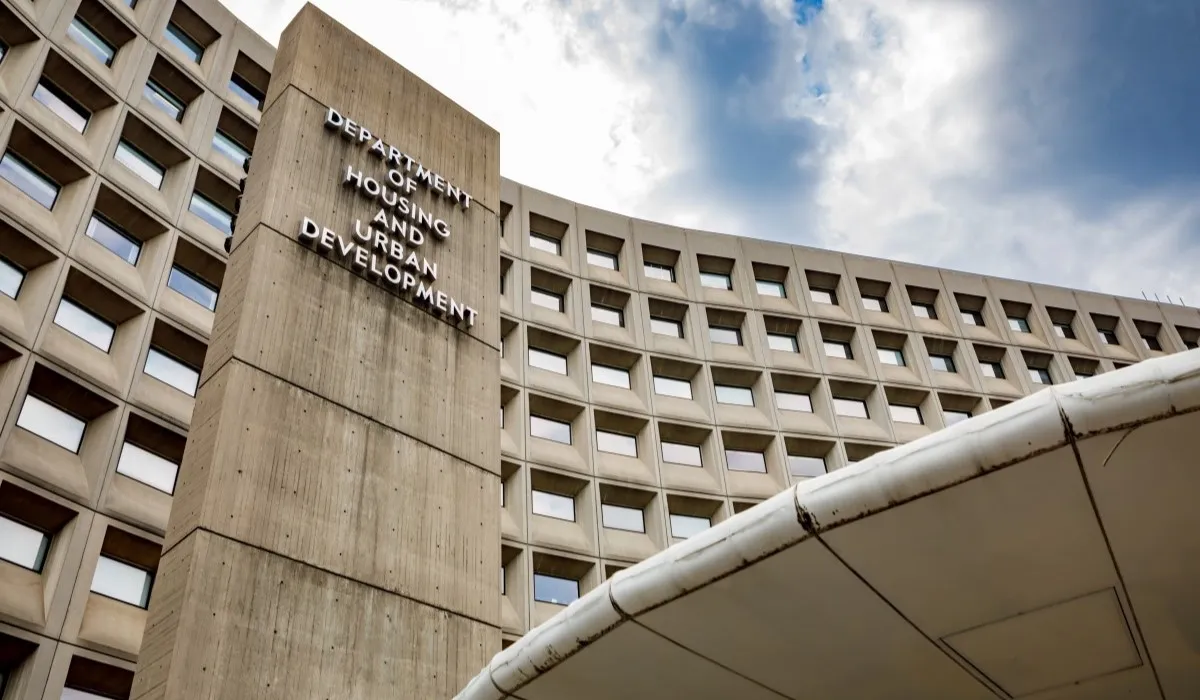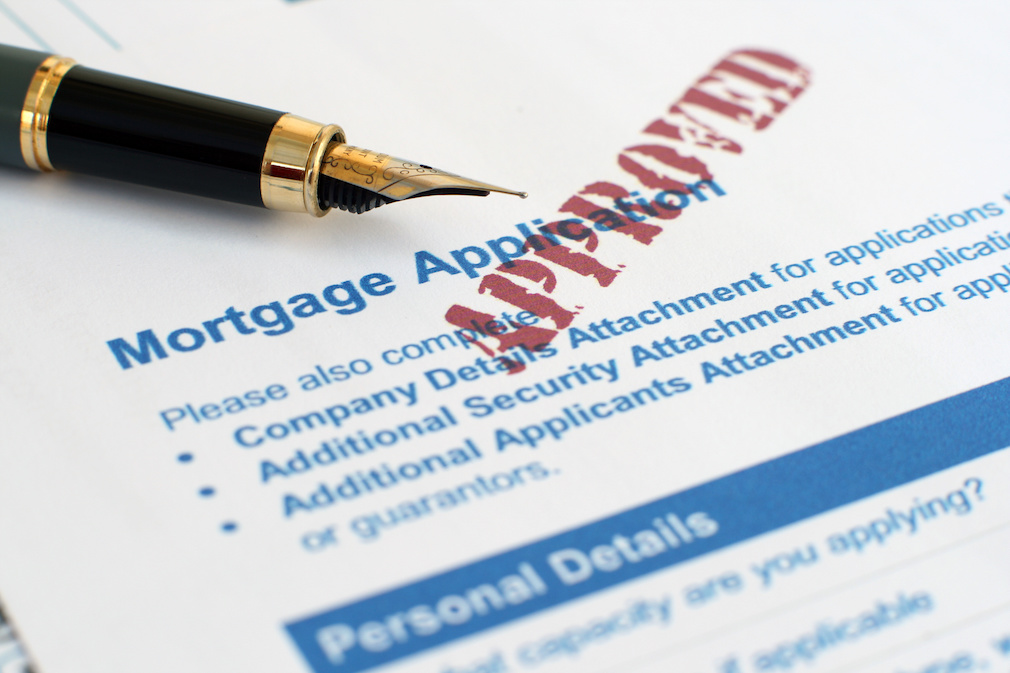According to recent data by the Mortgage Bankers Association (MBA), weekly mortgage refinancing was up 16% over the previous week, and the Refinance Index is up 118% year over year. The increase comes after interest rates dropped to their lowest level in a year.
However, with the first Federal Reserve rate cut expected in September, with more to follow, you might be wondering if it’s worth holding on until Fed Chairman Jerome Powell has completed his cycle of cuts or jumping in now, fearing that we are only one economic disaster from rates shooting up again. Here’s what you need to know.
How Much Would a Refinance Affect Your Payment?
“How much will my payment go down if I refinance now?” That is usually the most pressing concern from property owners. There are other factors to consider, too, such as how long you plan to own the home and the cost of obtaining a new mortgage.
However, you can get refinancing costs added to the loan, and your payment drops substantially; that is usually enough for beleaguered owners to apply for a refinance—irrespective of how much interest rates will go down in the future. Stopping the bleeding is usually the most important thing on distressed property owners’ minds.
The 2% Rule
The 2% rule says that you should only refinance when you can drop your interest rate by 2%. That’s because savings generated by your new loan will offset the cost of refinancing, provided you’ve lived in your home for two years and plan to stay for at least two more.
Lenders often advertise that they offer no-cost refi, or refis for $500, which is an out-of-pocket expense. They will add the cost of the refinance—usually 2% to 5% of the new loan balance—to the loan amount. Average closing costs are around $5,000, not considering the loan on the property and the state it is located in. The fewer refinances you do, the less money you will add to your loan.
Factors to Consider When Refinancing
Can I eliminate PMI?
If you put down less than 20% when purchasing your home, you will be paying PMI (private mortgage insurance), typically between $30 and $70 per month for every $100,000 borrowed. Once you have over 20% equity in your home, you can refinance and eliminate PMI. However, if you plan to keep your house for a short time, refinancing purely for PMI savings is not worth it.
Refinance an adjusted loan
Many commercial borrowers have gotten into deep water as the Fed hiked up rates because they had floating three-year mortgages with balloon payments that adjusted upward. Going from a 2% mortgage to an 8% mortgage with increasing vacancies has been a perfect storm of disaster.
For many borrowers, a refinance to a lower current rate might not be enough to save the day. Still, depending on the loan and vacancy amount and flexibility of their lender, it might buy them some breathing room before a more substantial refinance further down the road.
Can I pull cash out?
Real estate investors always need cash, whether to perform essential repairs on a rental or to buy more property before rates drop further and prices increase. In this instance, refinancing to pull out cash makes sense, provided the money released from the refinance not only covers the cost of refinancing but can also make money in the future.
For example, if your refinance costs $5,000 and an additional $200 in your monthly mortgage payment but will make you $1,200/month in cash flow on a new property, it will take you five months to recoup the expense of your refinance. In addition, you will have another property gaining equity and offering depreciation and ongoing profit once the refinance costs have been paid.
Refinancing break-even calculator
If you’re curious about the cost of refinancing now, this refinancing break-even calculator is a handy tool to know exactly how long it will take you to break even on your refinance.
Predicting Fed rate cuts
Predicting how many rate cuts the Fed will make in 2025 is debatable. The Fed makes its cuts based on multiple types of data, most notably inflation and jobs. While most people can foresee a September rate cut of 0.25%, with more to come, it would take a leap of faith to guess where the economy is going in 2025 after an election and global volatility affecting stocks, jobs, and more.
To combat inflation, interest rates were raised 11 times between March 2022 and July 2023. Some experts are predicting three rate cuts for the remainder of 2024 and four in 2025. If that’s the case, the federal funds rate (which mortgages mirror) should be down to 3.50% to 3.75% by the end of the year. Even if mortgages are a point higher, that would make a double refinance worthwhile now and in 18 months.
Final Thoughts
The decision to refinance is different for each borrower. After the recent two-year stretch of rapidly increasing rates, many borrowers are at the end of their rope, looking for any relief from high mortgage payments as a reason to refinance. For others, the decision is more strategic, releasing cash from their loan to execute buying opportunities.
It is worth looking into other types of loan options, too, other than just cash-out refinances. HELOCs and HELOANs forgo the expense of refinancing, allowing you to refinance once the rate-cutting finishes.
Also worth looking into are ARMs. Lenders such as PNC Bank offer incentives for 5/1, 7/1, and 10/1 mortgages and adjustable rates available on conforming, VA, and FHA loans. For homebuyers who meet income or location requirements, PNC offers a $5,000 closing cost grant, according to CNBC, which offsets the cost of refinancing. There are bound to be other banks offering similar deals.
Ready to succeed in real estate investing? Create a free BiggerPockets account to learn about investment strategies; ask questions and get answers from our community of +2 million members; connect with investor-friendly agents; and so much more.
Note By BiggerPockets: These are opinions written by the author and do not necessarily represent the opinions of BiggerPockets.



















 English (US) ·
English (US) ·